In 2000, the Ig Nobel Prize - an award honoring research that makes people "laugh first, then think" - went to the 1997 "Flying Frog" experiment.
The achievement is the work of Dr. Andre Geim and his team, who have found a way to make living and inanimate objects float using extremely strong magnetic fields.
Interestingly, Dr. Geim later won an actual Nobel Prize for his discovery of graphene, a testament to how the strangest ideas sometimes lead to great achievements.
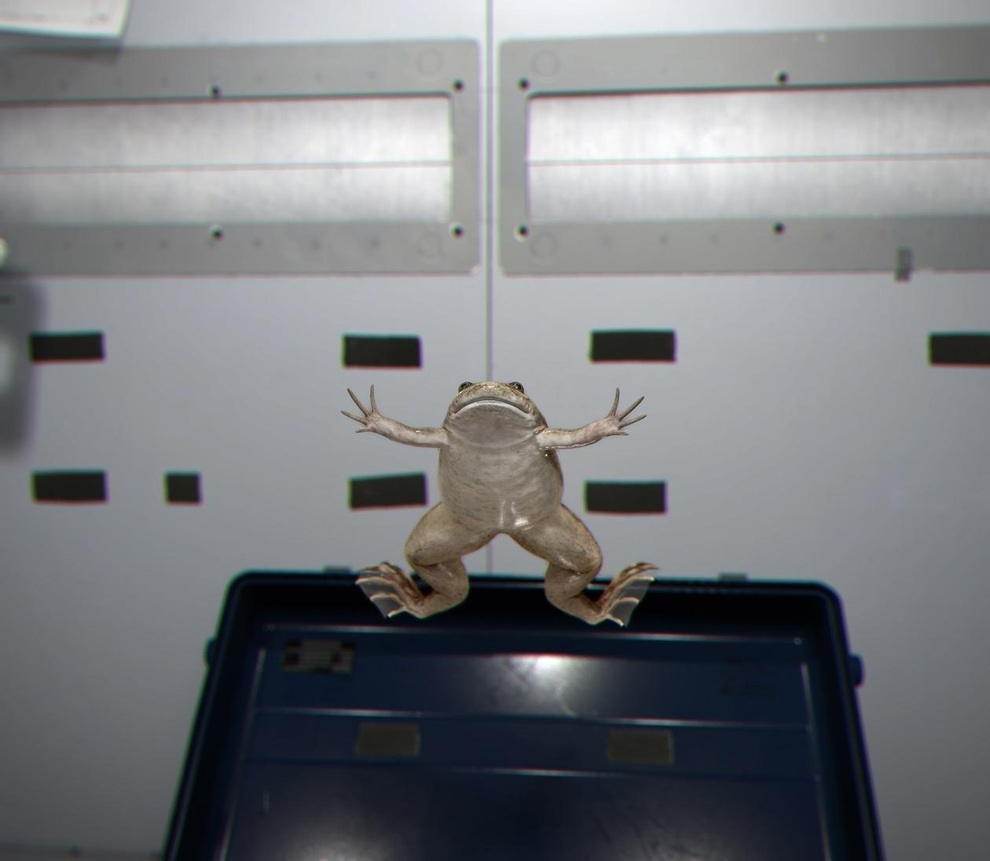
Paramagnetism and invisible lift
The core principle behind the Flying Frog experiment is diamagnetism. While metals like iron and cobalt often come to mind when talking about strong magnetism, the reality is that all objects, living and inanimate, have magnetic fields.
Diamagnetism is a quantum mechanical effect that occurs when moving atoms and electrons create a field. When an object is placed in a strong electromagnet, the field can repel opposing magnetic forces. This phenomenon occurs in any object with enough electrons, including living organisms like frogs and crickets.
Geim and colleagues tested this theory by placing a live frog in the throat of a magnet that generated an extremely high magnetic field.
The result was surprising: the amphibian flew into the air and hovered like a god. The experiment demonstrated visually that a strong enough diamagnetic force can counteract gravity.
Applications from space to medicine
The “Flying Frog” experiment was so famous that it not only won an Ig Nobel Prize, but also attracted some bizarre requests. One religious leader even offered Geim £1 million if he could levitate him in front of his congregation.
In terms of scientific rigor, the experiment has been confirmed to have no negative side effects on living subjects. Furthermore, this anti-magnetic levitation has many important applications in industry and research.
Most notably, it has the ability to simulate zero gravity right here on Earth. Making living creatures float on the ground is much cheaper than sending them into space, allowing scientists to study the effects of zero gravity on biology.
Scientists are still researching and developing this technology today, including improving drug delivery by levitating cells.
While magnetic levitation of humans remains a challenge due to the space limitations of the strongest magnets, the principle behind the "Flying Frog" remains a powerful testament to the wonder and limitless potential of quantum physics.
Source: https://dantri.com.vn/khoa-hoc/thi-nghiem-gay-kinh-ngac-vi-lam-cho-loai-ech-co-the-bay-20251020014536579.htm


![[Photo] Chairman of the Hungarian Parliament visits President Ho Chi Minh's Mausoleum](https://vphoto.vietnam.vn/thumb/1200x675/vietnam/resource/IMAGE/2025/10/20/1760941009023_ndo_br_hungary-jpg.webp)



![[Photo] Prime Minister Pham Minh Chinh meets with Speaker of the Hungarian National Assembly Kover Laszlo](https://vphoto.vietnam.vn/thumb/1200x675/vietnam/resource/IMAGE/2025/10/20/1760970413415_dsc-8111-jpg.webp)
![[Photo] National Assembly Chairman Tran Thanh Man holds talks with Hungarian National Assembly Chairman Kover Laszlo](https://vphoto.vietnam.vn/thumb/1200x675/vietnam/resource/IMAGE/2025/10/20/1760952711347_ndo_br_bnd-1603-jpg.webp)


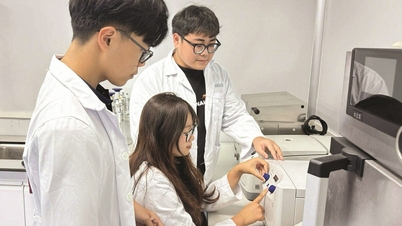









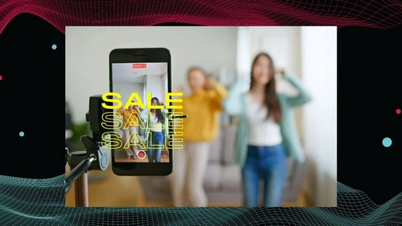





















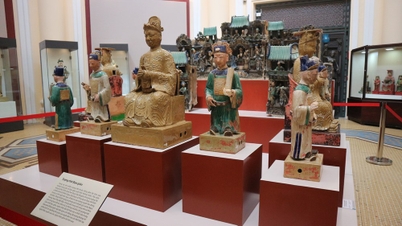












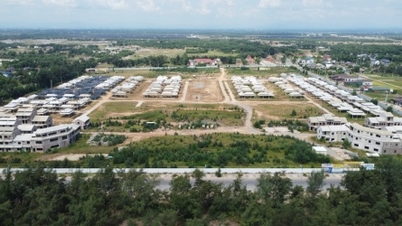





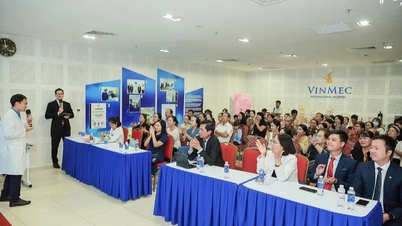















































Comment (0)